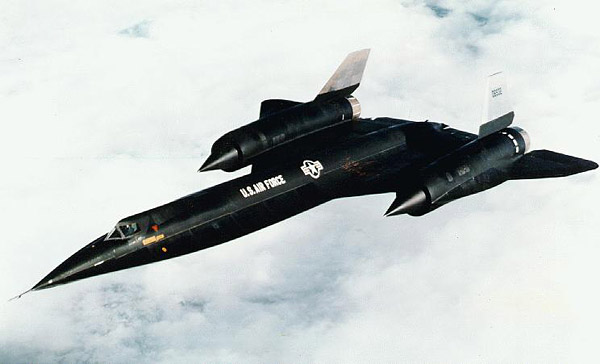 |
The appearance of the Mikoyan MiG-25 Foxbat gave western defence staffs a profound shock. Since its appearance the MiG-25 at once set about demolishing world records and causing consternation. Its flight control system was tied by data link to ground control, which steered it to a collision-course interception. This left the pilot as a systems manager, responsible for takeoff and landing, throttle control and missile selection and launch. In emergencies, Foxbat could be accelerated to Mach 3.2 but as this wrecked the engines, it was red-lined at Mach 2.83 for normal usage. In 1971 saw the beginning of Soviet and Arab reconnaissance flights over Israeli territory with the arrival of the MiG-25 Foxbat. IAF attempts to intercept these high flyers failed, although Phantoms were routinely launched against the MiGs and missiles were fired on a number of occasions. So the MiG-25 was immune to interception by the Mirage or Phantom with its high speed and altitude which exceeded 80,000 feet. A MiG-25 that was clocked at Mach 3.2 by the Israelis achieved this speed while running from an intercepting F-4. Upon landing, both engines in the MiG had to be replaced. The MiG-25 overflights would only cease with the arrival of the F-15 in 1976, which was designed as an answer to the Foxbat. |
 |
The Mig-25PU two seat version. (Photo: Aviaworld) |
 |
The MiG-25 was built to intercept the A-12. The A-12, which is shown above, was designed as a high speed high-altitude aerial reconnaissance plane from which the SR-71 was eventually developed. The YF-12 was an SR-71 with an internal bay carrying three Hughes GAR-9/ AIM-47A air to air radar guided missiles, designed to shoot enemy airplanes flying at lower altitudes. Thirteen A-12s and only three YF-12s were ever built. |